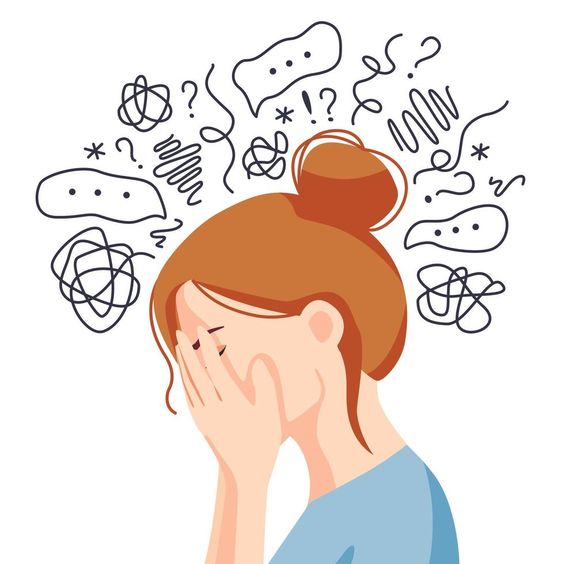Introduction:
Anxiety is a normal human emotion that everyone experiences from time to time. It's that feeling of worry, nervousness, or unease that we get when faced with a challenging situation, like a big test, an important job interview, or a first date. However, when anxiety becomes persistent and overwhelming, interfering with your daily life, it may be a sign of an anxiety disorder.

Anxiety disorders are the most common mental illness in the U.S., affecting 40 million adults in the United States age 18 and older, or 18.1% of the population every year. Anxiety disorders are highly treatable, yet only 36.9% of those suffering receive treatment.
Living with an anxiety disorder can be incredibly challenging, but understanding the different types, causes, symptoms, and available treatments is the first step towards managing your anxiety and living a fuller, more fulfilling life.
Types of Anxiety Disorders:
Anxiety disorders encompass a range of conditions, each with its own unique set of symptoms and challenges. Some of the most common types of anxiety disorders include:
- Generalized Anxiety Disorder (GAD): Characterized by persistent and excessive worry about everyday things, even when there's little or no reason to worry.
- Social Anxiety Disorder (SAD): Involves intense fear of social situations, often stemming from a fear of being judged or embarrassed.
- Panic Disorder: Marked by recurring panic attacks, which are sudden episodes of intense fear that involve physical symptoms like a racing heart, sweating, and dizziness.
- Phobias: Intense, irrational fears of specific objects or situations, such as spiders, heights, or flying.
- Obsessive-Compulsive Disorder (OCD): Characterized by intrusive, unwanted thoughts (obsessions) and repetitive behaviors (compulsions) performed to reduce anxiety.
- Post-Traumatic Stress Disorder (PTSD): Develops after experiencing or witnessing a traumatic event. Symptoms can include flashbacks, nightmares, and severe anxiety.
Causes of Anxiety Disorders:
While the exact causes of anxiety disorders are not fully understood, research suggests that a combination of factors can contribute to their development. These factors can include:
- Genetics: Some individuals may have a genetic predisposition to anxiety disorders.
- Brain Chemistry: Imbalances in certain neurotransmitters, like serotonin and dopamine, may play a role.
- Environmental Factors: Stressful life events, such as trauma, abuse, or job loss, can trigger anxiety disorders.
- Personality: People with certain personality traits, like perfectionism or low self-esteem, may be more prone to anxiety.
- Medical Conditions: Some medical conditions, like thyroid problems or heart disease, can cause anxiety-like symptoms.
Symptoms of Anxiety Disorders:
Anxiety disorders can manifest in a wide range of physical, emotional, and behavioral symptoms. These symptoms can vary from person to person and may include:
- Physical: Increased heart rate, rapid breathing, muscle tension, fatigue, insomnia, stomach upset, sweating, trembling, dizziness.
- Emotional: Excessive worry, fear, nervousness, restlessness, feeling overwhelmed, difficulty concentrating, irritability, feelings of dread or apprehension.
- Behavioral: Avoiding certain situations or places, withdrawing from social interactions, seeking reassurance, compulsive behaviors, substance abuse.
Treatments for Anxiety Disorders:
The good news is that anxiety disorders are highly treatable. Effective treatment options often involve a combination of:
- Therapy: Cognitive-behavioral therapy (CBT) is a common form of therapy that helps individuals identify and change negative thought patterns and behaviors that contribute to anxiety.
- Medication: Antidepressants and anti-anxiety medications can help manage anxiety symptoms.
- Lifestyle Changes: Stress management techniques like exercise, relaxation techniques, and getting enough sleep can play a significant role in managing anxiety.





